This post is part of a virtual book tour organized by Goddess Fish Promotions. Sallie Moppert will be awarding one commenter with a $15 Amazon/BN GC + 3 commenters will receive a prize pack consisting of pen, key chain, and magnet (US/Canada only) to randomly drawn winners via rafflecopter during the tour. Click on the tour banner to see the other stops on the tour.
Just like each individual is unique, so is that individual’s writing style. Some people plot and outline every detail of their work while others prefer to wing it. It can sometimes feel like a tug-of-war between the two: am I plotting/outlining enough or too much? Which one of these methods is correct?
The answer is both. Whatever works for you is the correct one.
I have tried my hand at both styles and found a happy medium between the two extremes that works for me. I originally started making it up as I went along; I remember an occasion or two when I started a story and even I didn’t know who the killer was going to be in the story (a murder mystery with heavy emphasis on the mystery!). I also tried to completely outline my story from start to finish, dot-jotting all of the major events or details that were supposed to happen in a particular chapter for each and every chapter. Here’s what I’ve learned from my venture into the world of outlining and the world of flying by the seat of my pants and also the method that works best for me.
TO OUTLINE: Outlining can be very helpful for obvious reasons; with a blank page in front of you, figuring out what is supposed to happen when or what character is supposed to do something at a certain point in the story may seem like a daunting task. That’s where the outline comes in. Okay, chapter 1, I want to introduce this character and have him/her do this. I also want to introduce the conflict with this other character by some event happening. All right, now chapter 2… and so on and so forth. For some, having a definitive path to follow to get from page 1 to the final page is a must. With a clear cut start, middle and ending, the outline can help to reduce writer’s block. You already know what’s going to happen next. Granted, even though the next chapter’s details are already laid out for you, writer’s block still may occur when trying to get from point A to point B; don’t get discouraged! Then again, the writer’s block may be a good thing because it might be an indicator that there is a plot hole that needs to be fixed. Instead of trudging your way through hundreds of pages only to find a bottomless pit of a plot hole that could put the entire story in jeopardy, having an outline can highlight issues that might occur later in the story that will need to be remedied. Wait, this character can’t do that; it’s not in his nature! I have to go back and fix this. Or perhaps something like: why didn’t the antagonist just do this? It would have made this happen instead of that happening. I need an explanation for that reasoning/action.
NOT TO OUTLINE: Part of the fun of writing is the creativity that comes as a result of imagining characters, places and scenarios. A rigid outline could interfere with the natural flow of creativity. Oh, hey, that character would make a great addition to this scene! I’ll pencil him in to this chapter and see what happens instead of shoot, this character can’t be in this scene, even though I know he/she’d have some great dialogue to add and/or would really help him/her in some way. Sometimes a character or a plot may need to change over the course of a story in a way that wasn’t even initially conceived of. My story Into the Fire was an instance of a character being brought into the story that wasn’t anything I had thought of doing when I started writing it. The piece itself was a side project I was doing, just having fun with different POVs and writing suspense, sort of like the movie Vantage Point (2008, with Dennis Quaid and Forest Whitaker); the different points of view all came together to tell a single story and the truth behind what happened. I got about five chapters in when an idea hit me: what if I made the cops called in to deal with the threat be Sam and Dahlia? I like the idea of putting Sam in more stories since he was a fun character to write and explore. Once that idea occurred to me, the pieces began to fall into place. The security guard became Sam’s mentor, Edwin. Sadly, though, Edwin’s fate in that story remained unchanged, even before Edwin Hill the security guard became Edwin Hill, retired cop/mentor/foster father of Samuel Marlowe. Because I wasn’t sticking to a rigid outline, I had the freedom to adjust the story accordingly.
THE HAPPY MEDIUM: I found that what works best for me is a flexible outline. I have an idea, whether it be a prompt or a scenario, that I plan to start writing. From there, I dot jot a couple of ideas that I want to happen in the story. Here are the notes I have for one of the stories in the next installment of Good Cop Bad Cop. This story is called (tentatively) ‘Paying a Debt.’
Gloria is going to the bank
Sam recognizes something is wrong and goes with her
He is off duty, so he has no weapon on him
Robbers show up
Turns into a hostage situation
Sam contacts [character name removed to avoid spoilers] for help
With these few lines, I have an idea of where the story is headed. The next step would be to create the characters, or, at least, get some names. With a flexible outline, I can add or remove characters as I need, so I usually just start off with a bunch of first and last names that I can refer to to create characters. Once I have some characters in place, I start writing. It’s fun to let the story develop on its own, with me, as the writer, merely along for the ride. I learned the value of this when writing a separate story a few years ago and the way the chapter was chugging along, I came to a confrontation between two characters that I didn’t plan on having in the rigid outline I’d created, but I loved the scene because it really fit the characters’ personalities to nearly duke it out until interrupted by a third character both were connected to.
The story is like a child and the writer, a parent. We spend days, months, years, working on a story, developing it and making it the best it can be. That story, though, can take on its own personality and traits or quirks that may not have otherwise developed if the writer hampered its natural procession.
Outline or don’t outline-whatever you feel works best for you but remember to let your muse and the story guide you at times. You never know where a story can go unless you let it take you there!
What do you prefer, outlining or winging it?
When his mother is beaten to death by his alcoholic stepfather, fourteen-year-old Samuel Marlowe is rescued from seeking revenge against him by a chance meeting with Officer Edwin Hill. The veteran policeman takes Sam under his wing and even becomes the boy’s foster father.
Sam becomes a cop and works alongside his beloved mentor until Edwin is killed in a shooting. Hailed as a hero for his actions in the case, Sam feels like anything but. He begins a dark descent away from the stand-up policeman he once was, turning to drugs and alcohol to numb his pain and his PTSD.
The police captain assigns Sam a partner hoping to salvage what is left of him by forcing him to become a good role model for the young recruit. Needless to say, Sam is not pleased with the arrangement, protesting it up until the moment Junior Detective Dahlia Bennett enters his life.
Will he try to shake her loose? Does her by-the-book ideals and strong moral code rub off on him? Will his relaxed attitude and views on true justice start to influence her? What will ultimately lead to the two becoming a solid team? When Dahlia declares she wants to reopen some cases believing that the wrong person was sent to prison, Sam tells her straight out that in doing so, she would be putting her life at risk. As Dahlia persists, Sam is faced with the ultimate decision: let Dahlia reopen the cases and discover his crimes, or kill her to keep her from learning the truth.
Enjoy an Excerpt
Brian stepped forward, opening the massive doors with ease, and walked straight into the sea of microphones, camera flashes, and video recorders. Roderick followed a few steps behind his loyal attorney and stood at his side as he waited for the onslaught of the inevitable media coverage that was a result of the trial’s conclusion.
“People, please,” Brian started to speak, holding his hands up to halt the millions of questions that were being voiced to him all at once.
Once the media crowd quieted down, Brian addressed them:
“I am pleased to announce that my client, Mr. Roderick Morgan, was found not guilty for the deaths of his parents, Walter and Cassidy Morgan. Mr. and Mrs. Morgan adopted Roderick and raised him as if he was their own flesh and blood. There was no way that he would repay their love and kindness by brutally murdering them as they lay sleeping in their beds.”
Roderick nudged Brian, who turned to look at him.
“May I?” he asked.
“Of course,” Brian said.
Roderick stepped in front of Brian to better face the endless crowd of media before him.
“I would like to extend my gratitude to everyone who supported me throughout this dreadful ordeal,” he said, speaking in the sweet and innocent tone that had helped him to win over the jury a short time ago.
Roderick’s gentle eyes and sincere expression then suddenly transformed to that of smugness accompanied by a sneer. “But that proves that you are all stupid as hell,” he said with a wink. “Because I got away with murder. Adios!”
Roderick pulled his designer sunglasses out of his designer suit coat pocket and put them on as his personal driver pulled up in front of the courthouse with his golden Maserati. The media watched in stunned silence as Roderick descended the concrete steps to his car, not a care in the world. Brian followed solemnly behind him, his head lowered in shame at the admission of guilt by his client.
About the Author: A New York native, Sallie has a Master’s degree in Criminal Justice, with a Specialization in Forensic Science. A lifelong mystery fan, she has combined her love and passion for writing with her interests in criminal justice, law, and forensic science.
Sallie currently resides in New York with her family and her “zoo,” which includes two dogs, two guinea pigs, a betta fish and a leopard gecko. She works as a freelance writer/editor and a legal assistant.
Buy the book at Amazon or Zimbell House Publishing.
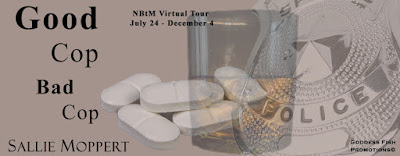

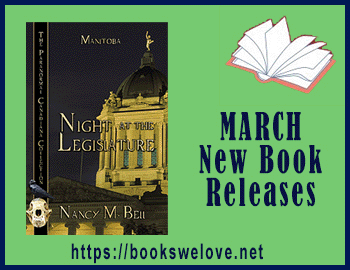
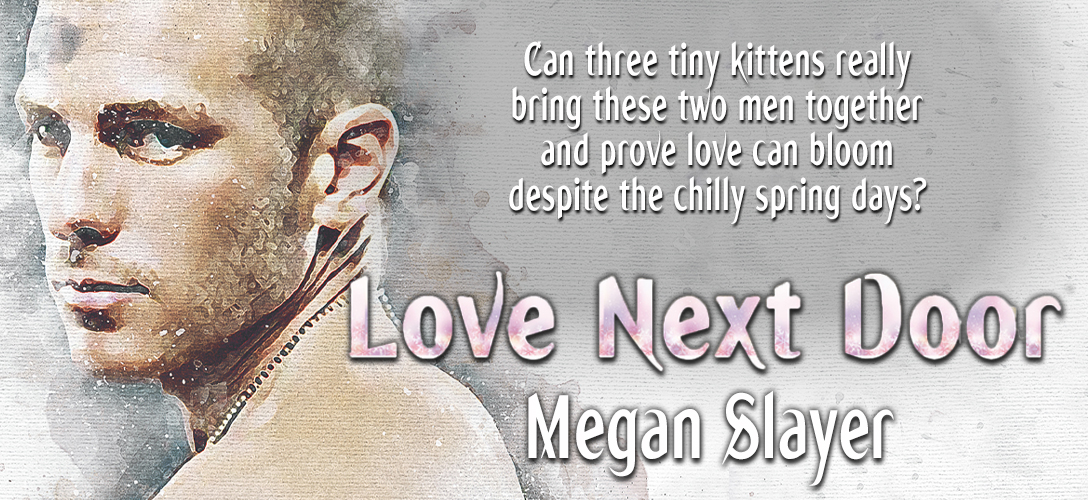
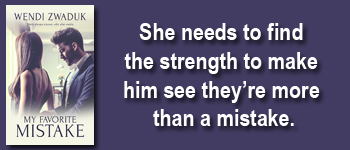

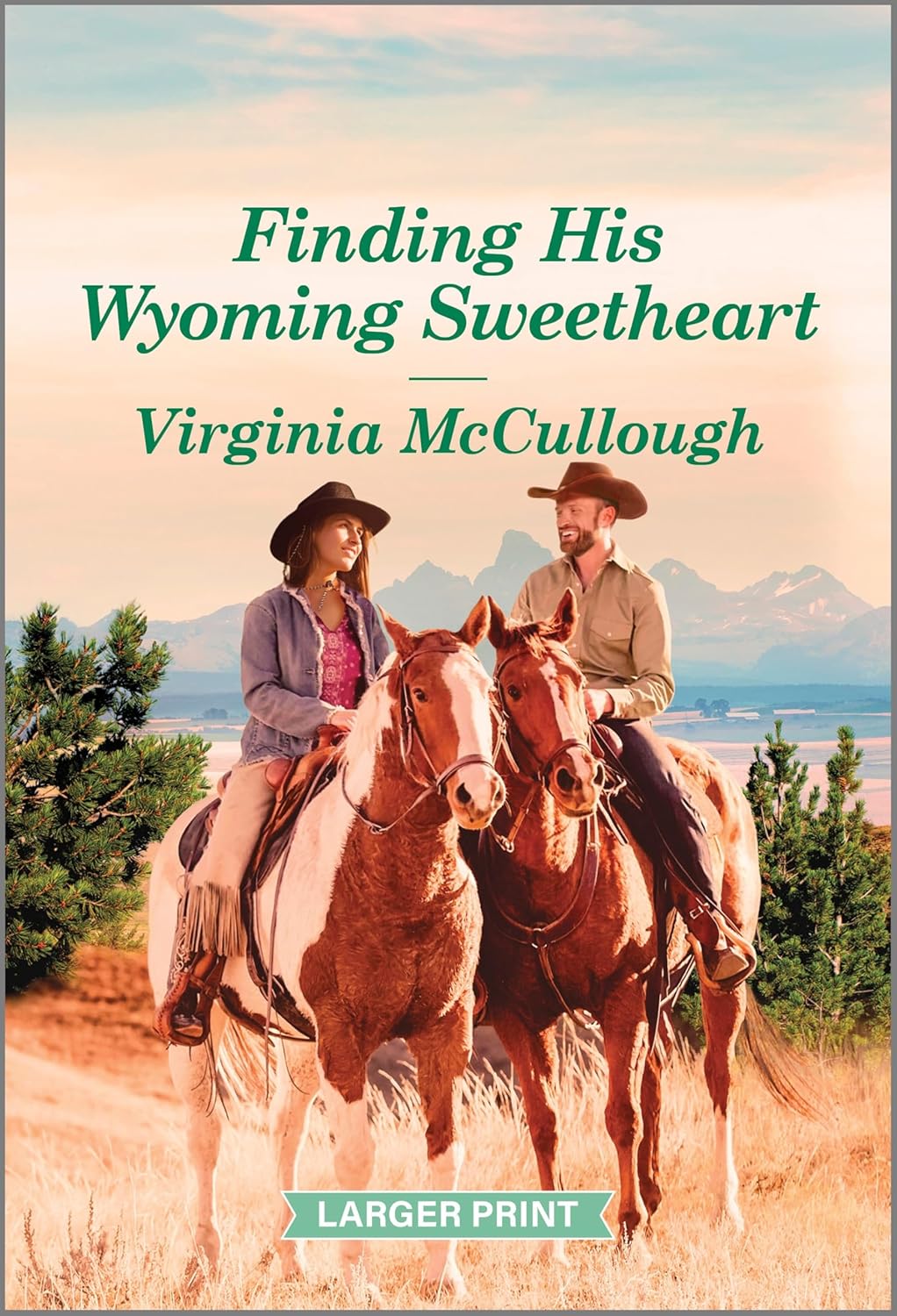
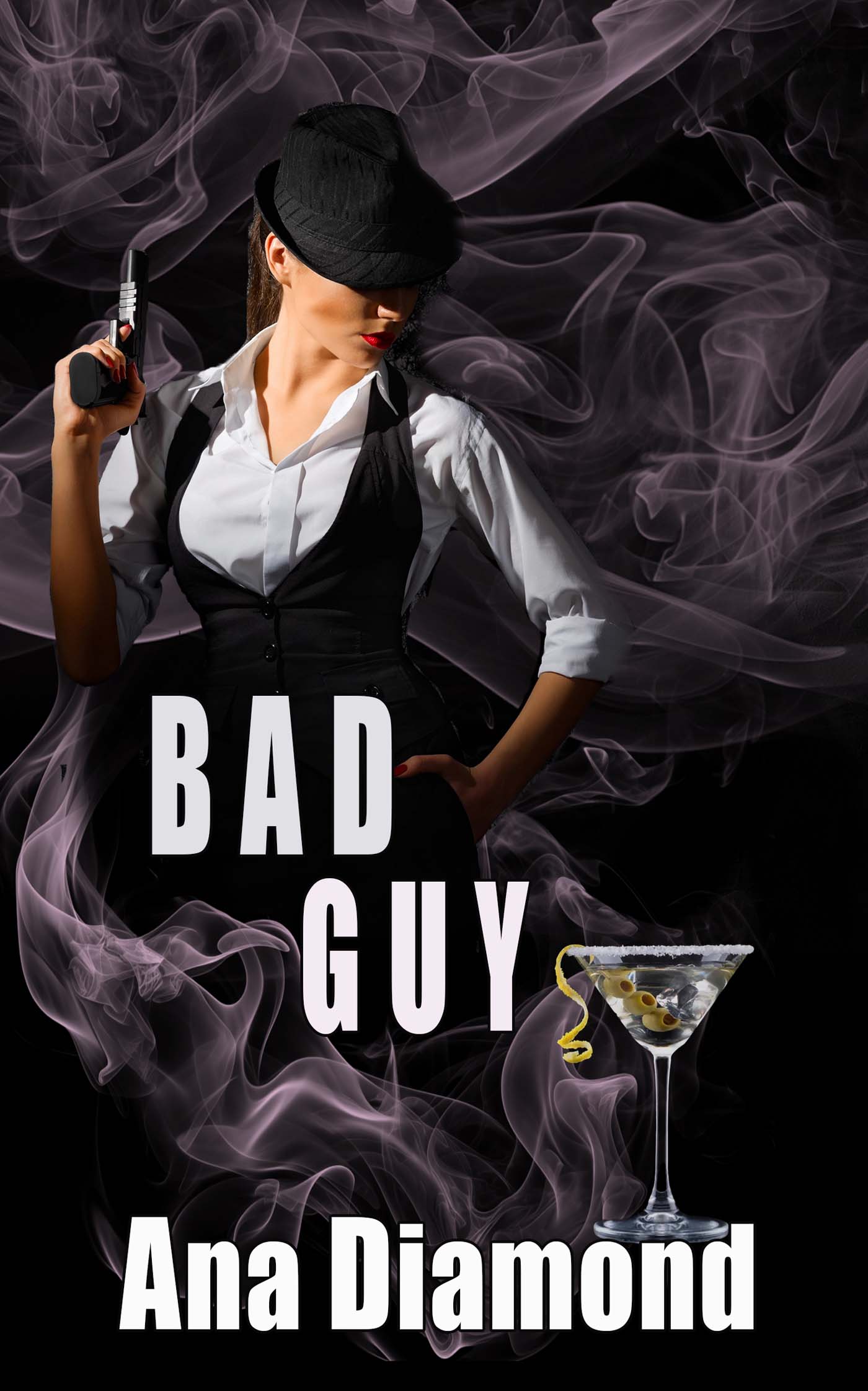
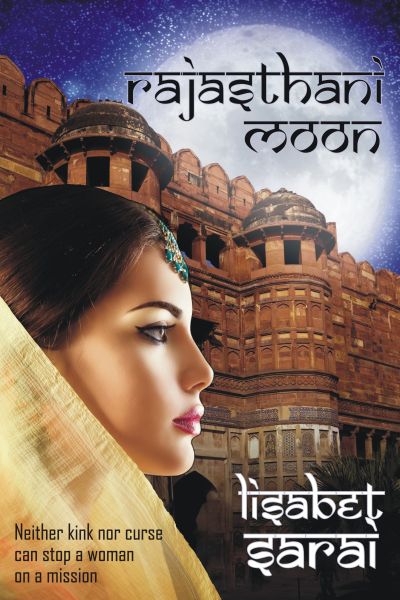
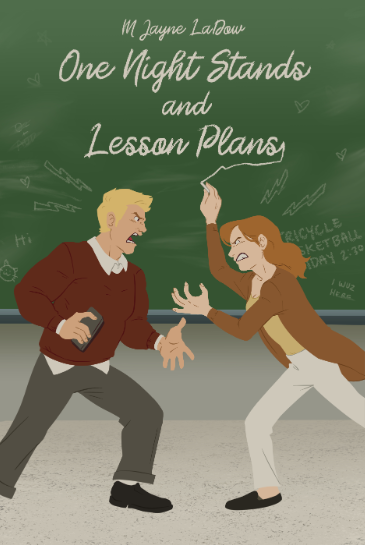

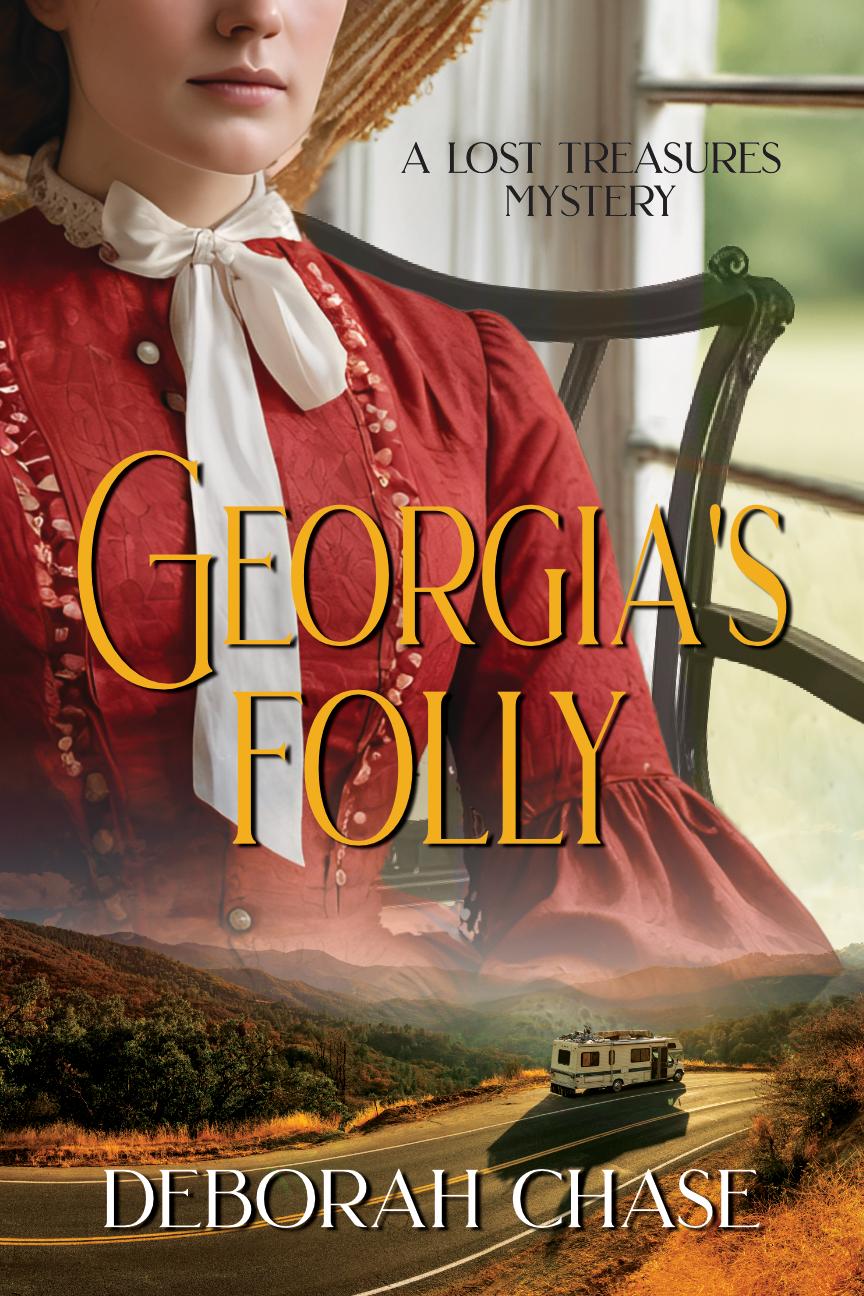


Thanks so much for sharing your terrific book. I sure enjoyed reading about it and appreciate you taking the time to share it with us.
Thanks for hosting!
this looks good!
Sounds like a great read.
I’ve really enjoyed following the tour for Good Cop Bad Cop, it sounds like a book I am going to love reading. Thanks for the awesome giveaway and for all of the great posts along the way.
Thank you so much for hosting!
I like the cover